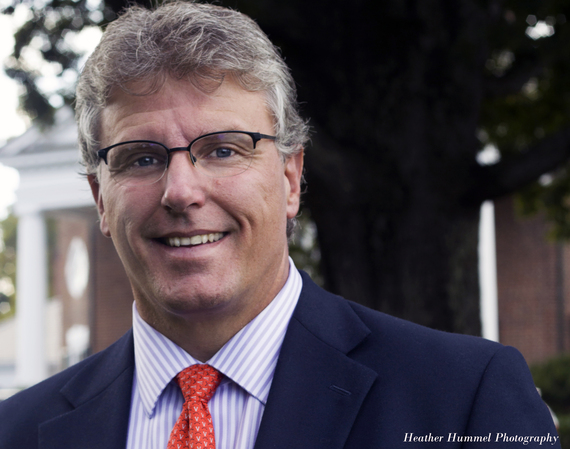 | |
| Rays North West ISO 400 f/10 1/160 18 mm Photo Credit: Heather Hummel Photography |
I'd been meaning to
hike the Blackrock Summit Trail, which is part of the Appalachian Trail in the
Shenandoah National Park (Virginia), and last night I finally made it up there. The hike itself was short and easy, but the views
at the summit were breathtaking. I arrived on the summit at about an hour and a half before sunset, leaving plenty of time to capture the sun’s rays playing with the mountain peaks between the clouds.
The Hike
The Hike
I highly recommend the short hike (only 1 mile round-trip with an optional longer loop of 1.6 miles Blackrock Spur Trail & Treyfoot Mountain Trail) to Blackrock Summit, which is at an elevation of 3,092 feet. Simply follow the Appalachian Trail heading south for about a half a mile. The steepest part of the trail is at the beginning, and then it levels out a bit. Once you arrive, the summit is impossible to miss. The boulders at the top are large and require scrambling up them for the best views. They are not too difficult to climb, and the extra height is worth the scramble. Just be sure to wear good shoes.
 |
| South Western View ISO 200 f/10 1/40 18 mm focal length - Photo Credit: Heather Hummel Photography |
This trail is especially great for photographers who don’t
want to hike too far with all their gear, but don’t want to stop at just the
overlooks along the parkway; this is a great short hike with remarkable payoffs
in stunning panoramic views and photo opportunities.
The Photo Shoot
For this photo shoot, I used a graduated neutral density filter to shade the sky in order to even out the exposure. (Note: This Tiffen is a 77mm, so be sure to get the size for your lens.)
Tiffen 77mm Color Graduated Neutral Density 0.6 Filter

There were also enough clouds to add interest and contrast.
Each image caption in this post notes the settings I used on my Canon EOS Rebel T3i, and I used the graduated neutral density filter in each shot.
Destination Information
The Shenandoah National Park is a great place for photo shoots while also getting some exercise.
Naturally, during peak foliage in the fall is the opportune time to
visit, but the Shenandoah National Park and the Blue Ridge Parkway
always provide spectacular scenic views and wildlife is abundant all year long.The Photo Shoot
For this photo shoot, I used a graduated neutral density filter to shade the sky in order to even out the exposure. (Note: This Tiffen is a 77mm, so be sure to get the size for your lens.)
Tiffen 77mm Color Graduated Neutral Density 0.6 Filter

There were also enough clouds to add interest and contrast.
Each image caption in this post notes the settings I used on my Canon EOS Rebel T3i, and I used the graduated neutral density filter in each shot.
 |
North West View ISO 200 f/10 1/25 18mm focal
length - Photo Credit: Heather
Hummel Photography
|
 |
| Blackrock Summit View ISO 200 f/10 1/100 18 mm focal length - Photo Credit: Heather Hummel Photography |
Shenandoah National Park is 105 miles long stretching from Front Royal, Virginia to Waynesboro and Charlottesville. Skyline Drive is the scenic roadway that meanders through the park. There are four entrances (and exits) from the park and the parking lot for the Blackrock Summit is at Mile Post 85 and the trail head is right there.
 Hiking Shenandoah National Park (Regional Hiking Series)
Hiking Shenandoah National Park (Regional Hiking Series)

Best Easy Day Hikes Shenandoah National Park (Best Easy Day Hikes Series)
Want to learn how to master low light photography and to capture your own low-light photos? My book MASTER LOW LIGHT PHOTOGRAPHY is available on Amazon.



































